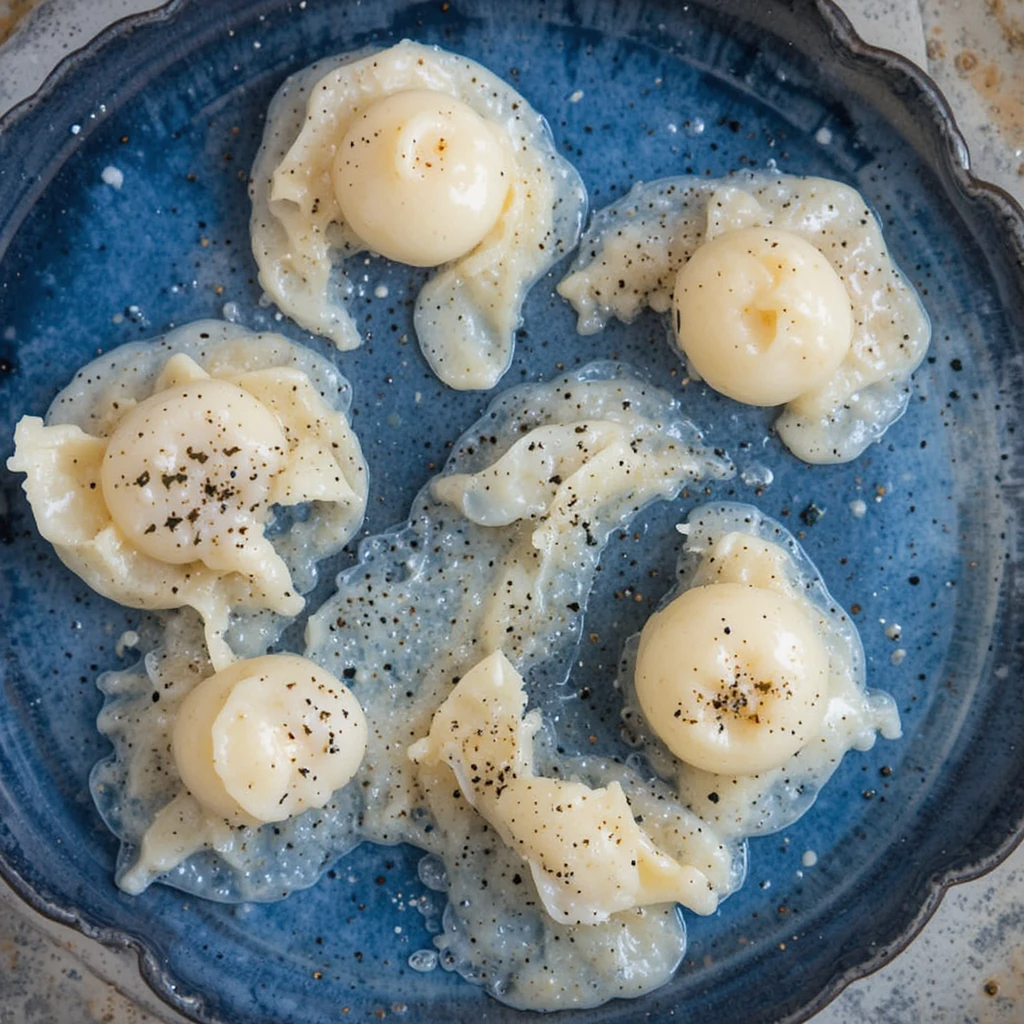Yeast dumplings are a beloved dish in many culinary traditions, offering a soft, pillowy texture that complements a wide range of savory and sweet fillings. Whether you’re serving them as a side dish, dessert, or a main course, mastering the art of yeast dumplings requires a bit of technique. With the right approach, you can achieve perfect dumplings every time. Here’s a comprehensive guide on how to make yeast dumplings that are fluffy, tender, and full of flavor.
Ingredients
Before you start, gather the following ingredients:
- 1 packet of active dry yeast (about 2 1/4 teaspoons)
- 1 cup warm water (about 110°F/43°C)
- 2 tablespoons sugar
- 1/2 cup milk
- 4 cups all-purpose flour (plus extra for dusting)
- 1 teaspoon salt
- 2 tablespoons unsalted butter (melted)
- 2 eggs
Step 1: Activate the Yeast
Start by activating the yeast to ensure it works properly. In a small bowl, dissolve the sugar in warm water. Sprinkle the yeast over the surface and let it sit for about 5–10 minutes, until it becomes frothy. If the mixture doesn’t foam, the yeast might be expired, and it’s best to use a fresh packet.
Step 2: Prepare the Dough
In a large mixing bowl, combine the flour and salt. Create a well in the center and pour in the yeast mixture, milk, melted butter, and eggs. Stir the ingredients together using a wooden spoon or a spatula until the dough starts to come together.
Once the mixture is roughly combined, turn it out onto a floured surface and knead the dough for about 8-10 minutes. Kneading is crucial, as it develops the gluten, helping the dumplings rise and achieve a light, airy texture. If the dough feels too sticky, add a little more flour, but be careful not to overdo it. The dough should be soft but not too wet.
Step 3: Let the Dough Rise
Place the kneaded dough into a lightly greased bowl and cover it with a damp cloth or plastic wrap. Allow the dough to rise in a warm place for about 1–2 hours, or until it has doubled in size. The rising time will vary depending on the ambient temperature, so if it’s cold, it may take a bit longer. Patience is key at this stage, as the yeast needs time to work its magic.
Step 4: Shape the Dumplings
Once the dough has risen, punch it down gently to release any air bubbles. Turn the dough out onto a floured surface and divide it into equal portions. The size of your dumplings is a matter of preference, but typically, about 1–2 tablespoons of dough per dumpling works well.
Roll each portion into a smooth ball and set them aside. If you’re adding fillings (such as seasoned meats, fruits, or vegetables), now is the time to form the dumplings around the filling. Be sure to pinch the edges tightly to seal them securely.
Step 5: Second Rise
Let the shaped dumplings rest for about 20–30 minutes, allowing them to puff up slightly. This secondary rise will help them become light and airy after cooking.
Step 6: Cook the Dumplings
There are two common methods to cook yeast dumplings: steaming or boiling.
- Steaming: Set up a steamer basket over simmering water. Arrange the dumplings in a single layer, making sure there is enough space for them to expand. Steam the dumplings for about 15-20 minutes, or until they are fully cooked and tender. Steaming retains moisture and ensures that the dumplings stay light and fluffy.
- Boiling: Alternatively, bring a large pot of salted water to a boil. Drop the dumplings into the water in batches, making sure not to overcrowd the pot. Boil for 8-10 minutes, or until they float to the surface and are cooked through. Gently remove the dumplings with a slotted spoon and place them on a plate.
Step 7: Serving the Dumplings
Once the dumplings are cooked, serve them hot, as they are best enjoyed fresh. You can pair them with a variety of sauces or fillings depending on your preference. For savory dumplings, try a rich gravy or a tangy tomato sauce. If you’re making sweet dumplings, a dusting of powdered sugar or a drizzle of honey works wonderfully.
Tips for Perfect Yeast Dumplings
- Temperature: Ensure that your ingredients are at the right temperature. Water should be warm but not hot (too hot can kill the yeast), and the milk should be lukewarm.
- Kneading: Don’t rush the kneading process. Properly kneading the dough ensures a soft, chewy texture.
- Rising time: Allow for ample rising time to get the best texture. If you’re in a hurry, use a warm oven to speed up the process by setting it to its lowest setting, then turning it off before placing the dough inside.
- Resting: Don’t skip the second rise, even if it’s tempting. It helps create a more consistent texture throughout the dumplings.
- Flavor variations: Experiment with adding herbs, garlic, or other seasonings to the dough for extra flavor.
Conclusion
Making perfect yeast dumplings is all about patience and technique. With the right ingredients, proper kneading, and ample rising time, you can create light, airy dumplings every time. Whether you’re making them to accompany a hearty stew or as a dessert with a rich fruit filling, these versatile dumplings are sure to impress. Enjoy the process and delight in the delicious results!

